Table of Contents (click to expand)
While the size of particular brain regions indicate higher cognitive ability, overall brain size shows no correlation with intelligence.
For many years, humans were enigmatic creatures, and in many ways, we still are. We had the ability to walk on two legs, whereas most other creatures walked on four. We had the ability to communicate through words, while most others howled and barked. We were able to move on from our primitive instincts, while most other species remained there. We’re some of the only creatures that can feel emotions and act accordingly. But why is that? The size of our brains isn’t the reason, as elephants have brains that are much bigger than ours, yet they’re not more advanced than us. Why aren’t they the species running the world?
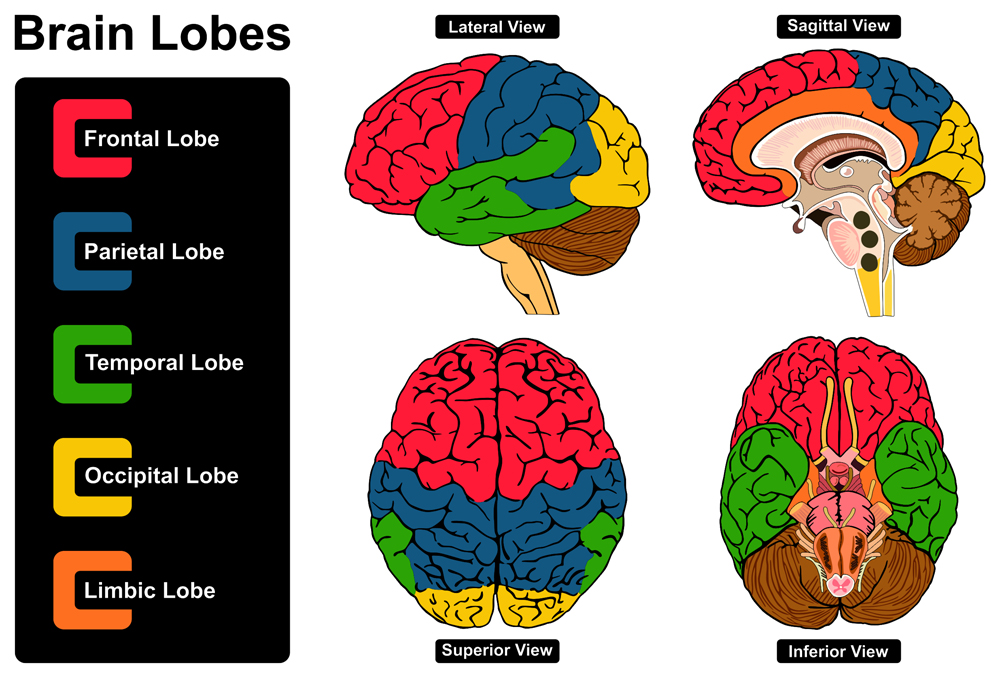
The human brain weighs approximately 2 kilograms (typically between 1.8-2.5 kg), and makes us do things like think, feel, solve problems, communicate, create, and every other imaginable thing. We have a brain that’s more developed than any other species. In the last decade, thanks to the development of technology, brain research has gotten a boost in a major way. Earlier research was largely dependent on techniques like gauging behaviors of accident victims with brain injuries, and then graduated to making brain lesions on mice and monkeys and observing their behavior. In other cases, scientists would wait to extract the brains from those who were dead to look at them more closely.
These days, technologies like MRIs and CT Scans have given us a great deal of insight into parts of the brain that are activated as we carry out our daily chores. If you feel angry, the amygdala is highlighted, whereas when you learn, the hippocampus shows activity. There are individual areas that do perform certain functions, but what about the brain as a whole? Does it somehow contribute to our functioning?
The Human Brain
The brain is arguably the most central organ of any person. The human body is protected by the skeletal system, but the brain is a bit more special. On the outside, the scalp and the hair protect it, and under this layer of protection lies the skull. Interior to the skull, surrounding the brain and the spinal cord, are three different layers of protection (called meninges) that vary in their degree of toughness. Suspended in the cavity and surrounded by a layer of cerebrospinal fluid is the brain.
The brain is one of the first things to develop when the zygote turns into a fetus. Based on the order in which the brain is formed, it is divided into three major parts.
The hindbrain is the first to form, which is the part of the brain towards the nape of the neck. This controls the arousal of the body, including everything from sleep and the temperature of the body to circulatory and respiratory reflexes. This hindbrain then tapers down into the spinal cord. (Source)
Next is the midbrain, and as the name suggests, it is in the middle of the brain and is best known for its role in visual functioning.
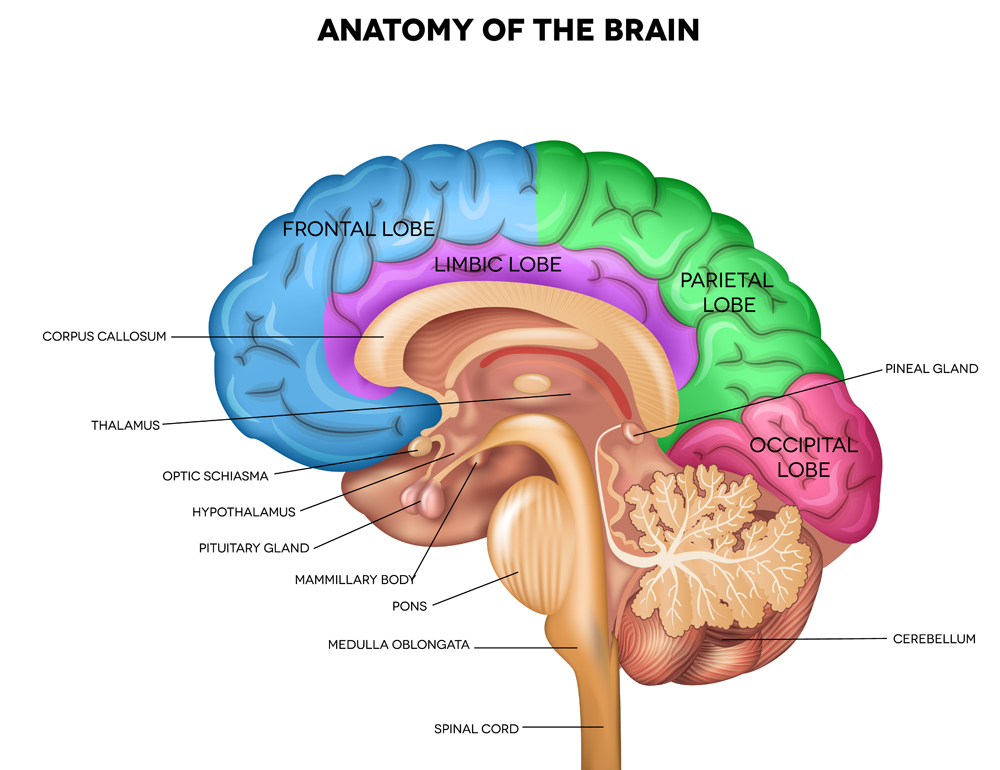
The last area to develop is the forebrain; it’s the part of the brain that lies at the front of our head. It manages most of the brain’s functions, such as relaying signals from the sensory organs, regulating the release of the hormones, etc.
Together, the brain and the spinal cord form the central nervous system, which controls the entire body.
What Is Brain Size?
The size of the human brain was once measured using cranial measurements, that is, by measuring the skull. This gave an approximation of brain mass, but not brain volume. The ways to measure cranial volume differed, including through the use of CT Scans, X-rays, and calculations from filling the skull with lead and measuring the volume, etc. However, none of these gave an actual measure. In animals or humans that were deceased, it was much easier, as the mass would be measured by preserved brains or by re-hydrating them in formalin (the stuff used for preservation in our science labs). Either way, the results from different methods of measuring didn’t often correlate, so an approximation was used.
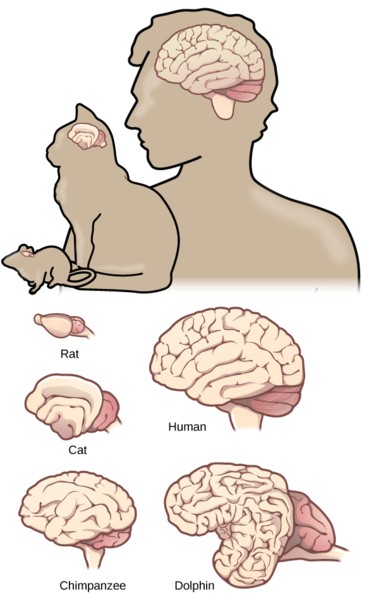
As mentioned earlier, every animal has a brain that is relative to the size of its body. Whales and elephants have the largest brains in the mammalian class. The human brain weighs around 2 kilograms, while the shrew has the tiniest brain. In humans, men have slightly bigger brains than women, and the brain continues to grow until the age of 30-40 years.
A large number of factors must be considered regarding whether the size of the brain can actually be increased. In a research study conducted by Cluton-Brock and Harvey (1980), it was found that in non-human primates, brain size was correlated to diet and other lifestyle factors. In that study, a better lifestyle and nutrition did have a direct impact on the size of the brain, but what’s the point of a bigger brain? Does it make us mentally sharper?
Also Read: Encephalization: Is The Human Brain Getting Bigger?
What Are Cognitive Abilities?
Cognitive abilities are a group of functions that can be performed by the brain. These functions range from thinking and problem solving to creativity and many other things. It helps us to think abstractly, comprehend complex ideas and learn from our experiences, just to name a few.
Every human has varying degrees of each of these abilities. Psychologists have designed many tests that measure our cognitive ability, including Weschler’s Intelligence Test and the Binet Kamat Test of Intelligence, etc. Some tests consider the use of cognitive ability to measure one’s intelligence quotient, rather than basing IQ off learned academic knowledge. In the Weschler’s Intelligence Test, for example, the person is made to undergo a number of subtests that test one’s ability to reason, make decisions, and retain things in both long-term and short-term memory, etc.
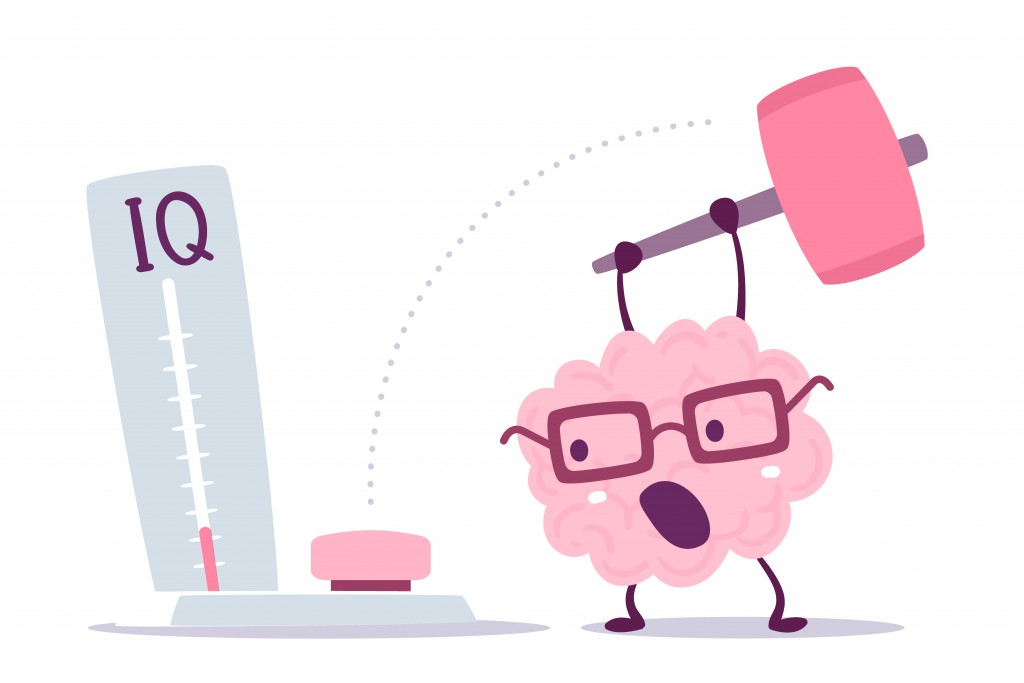
Many factors can affect cognitive abilities—age, access to experiences, etc. Cognitive abilities do increase up to a certain age, and at their best, they improve both professional and academic performance, as well as our interpersonal relations. However, as we grow older, it tends to decline. The question remains, what about brain size? Is that a contributor as well?
Also Read: What Is The IQ Scale Range?
Brain Size And Cognitive Ability
The human brain is composed of two kinds of tissues—grey matter and white matter. White matter is like a messenger, conducting information from one neuron to another, while grey matter analyses the information that is brought to it. The density of grey matter is said to contribute to brain density, and therefore the size of the brain. A recent study by Dr Richard Haier showed that the density of grey matter is correlated to intelligence, rather than brain size. He used MRI scans while the participants took intelligence tests to measure this hypothesis. He concluded that more grey matter in certain regions of the brain is an indicator of a higher intelligence quotient.
Consequently, a study by Spencer and his colleagues, showed that in birds, there were particular brain regions for higher vocal ability that varied in size as song complexity increased. Even though brain size did not correlate with this ability, the size of a particular region in the brain did correlate with the extent to which this cognitive ability could be exercised. Another study showed a weak correlation between brain size and intelligence (Correlation coefficient= 0.4). The thickness of the frontal, parietal, and temporal regions contribute to this measurement. Essentially, a greater thickness of these regions indicates more intelligence.
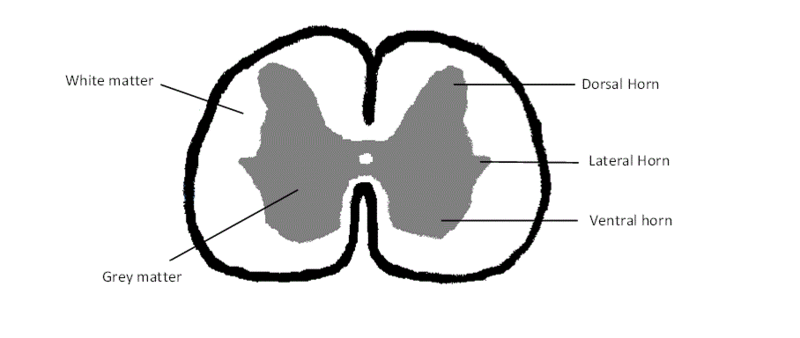
Lastly, research by Paul Manger showed that in bottlenose dolphins, the brain is big, but there are not enough folds to indicate complexity. His study, like that of Dr Richard Haier, shows that there are not enough synapses (grey matter) to contribute to greater complexity. Instead, most of the brain is made of fatty cells and tissues.
These studies do not give a clear picture as many bank on the assumption that performing complex tasks requires bigger brains. Most studies are designed based on only this assumption, which gives us skewed data and findings, so such findings must be considered with some skepticism. There is not enough data either way to comprehensively prove that a bigger brain means greater intelligence and more cognitive ability. That being said, from what few studies do exist, we can conclude that bigger brains and regions in the brain that are bigger do contribute to better and higher cognitive abilities.
How well do you understand the article above!

References (click to expand)
- Pinel,J.P.J &. B. (2016). Introduction To Biopsychology, 9Th Edition. Pearson India
- Healy, S. D., & Rowe, C. (2006, December 12). A critique of comparative studies of brain size. Proceedings of the Royal Society B: Biological Sciences. The Royal Society.
- Koch, C. (2015, December 17). Does Brain Size Matter?. Scientific American Mind. Springer Science and Business Media LLC.
- Human Intelligence Determined By Volume And Location .... Science Daily
- Cognitive Ability - an overview | ScienceDirect Topics. ScienceDirect
